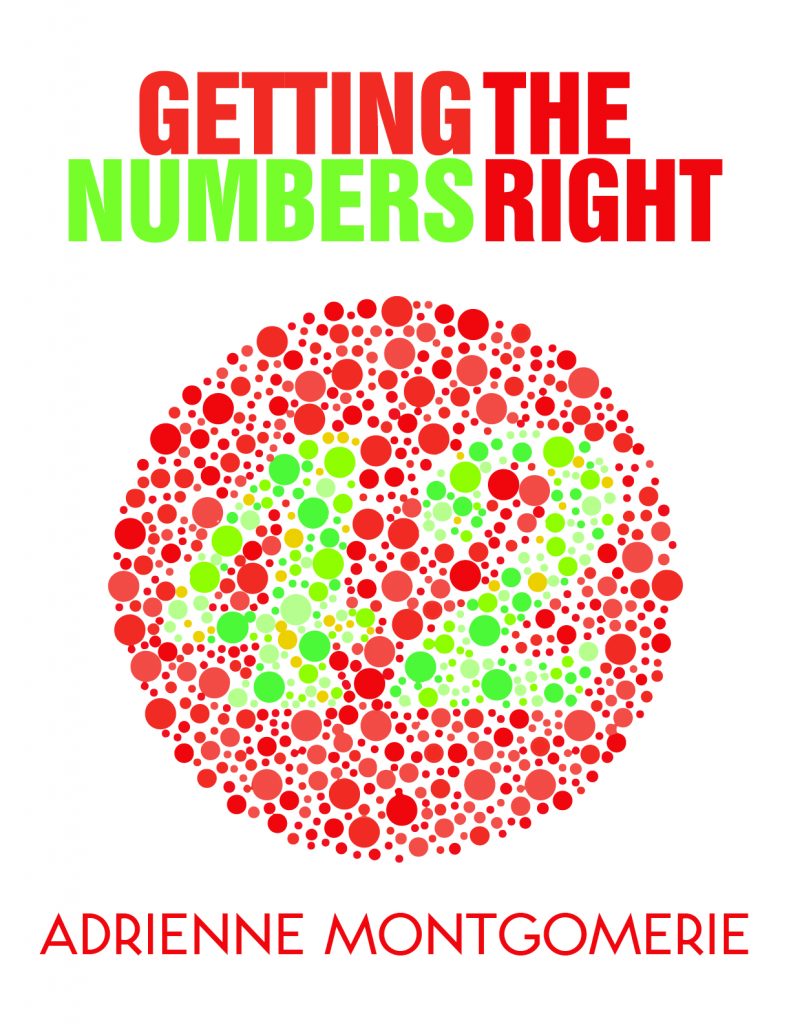In this series on working with tables, we’ve converted text into proper tables, detected them, navigated within them, and styled them. Now we’ll dive into to tidying them up.
Some of the things that make tables messy are heads that don’t span what they should, misaligned columns, data that doesn’t align, and headers that should repeat on each page. Let’s start with the first issue: getting the spanning heads right. (Check out the demo video at the end, too.)
Create spanning heads
Making a header that stretches over several columns takes just two clicks:
- Click and drag over the cells you want to turn into the spanning head, then
- right-click on the selection, and choose “merge cells” from the context menu that pops up.
Alternatively to step 2, you may select the Merge Cells icon on the [table] Layout ribbon shown below.


Word will combine all the contents of the selected cells into a single cell that spans the selected columns. It’s especially handy that all the contents are combined in cases where the writer tried to fake a spanning header. Just remember to delete the extra line breaks this merging of content creates.
Remove spanning heads
If instead, you need to make a head span fewer columns, you can select the Split Cells icon on the [table] Layout ribbon. Word then asks how many columns to split it into; enter the number of columns right and column edges should line up automatically. Next week we’ll look at how to clean them up if they don’t align.
The contents of the spanning head can be styled as you would other table contents.
Troubleshooting
Sometimes the changes that were made to a table leave all kinds of background code that make a mess of what you’re trying to clean up. Sometimes, adding a row and starting fresh is easier than fixing all the errors. Occasionally, it’s easier to create a whole new table and do it right the first time.
You may want to turn off Track Changes while you format the table as all the tracking can obscure important changes made to table contents that you want to be sure the authors do vet. A comment could be left summarizing the formatting changes if the authors are concerned.

Check out all the other posts in this series about Working with Tables and learn all about them in the multimedia ebook self-study course!
Got a gnarly Word problem? Submit your problem and we’ll try to answer it in the Q&A thread.




Learn with us! Join a course today.
© This blog and all materials in it are copyright Adrienne Montgomerie on the date of publication. All rights reserved. No portion may be stored or distributed without express written permission. Asking is easy!